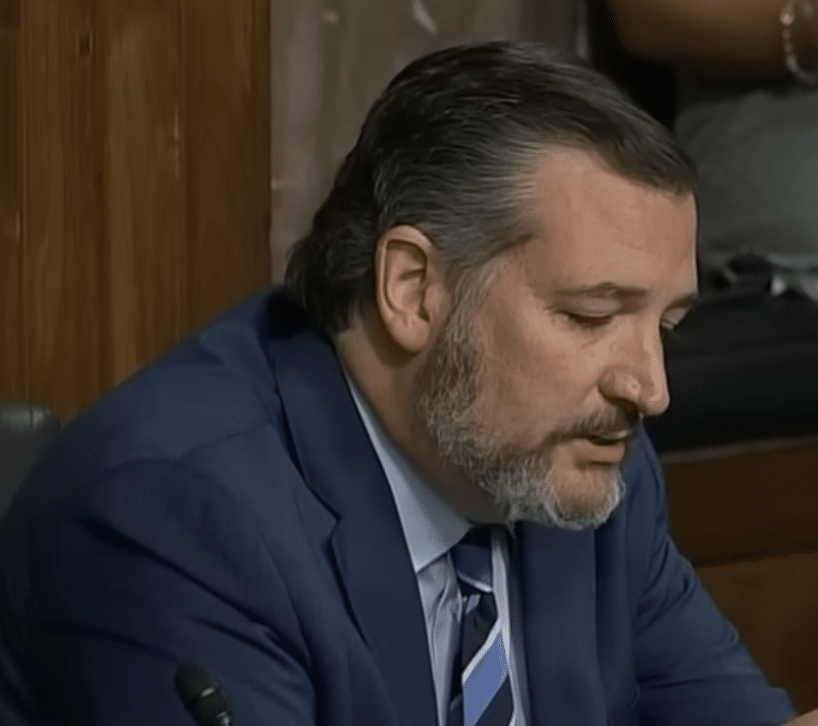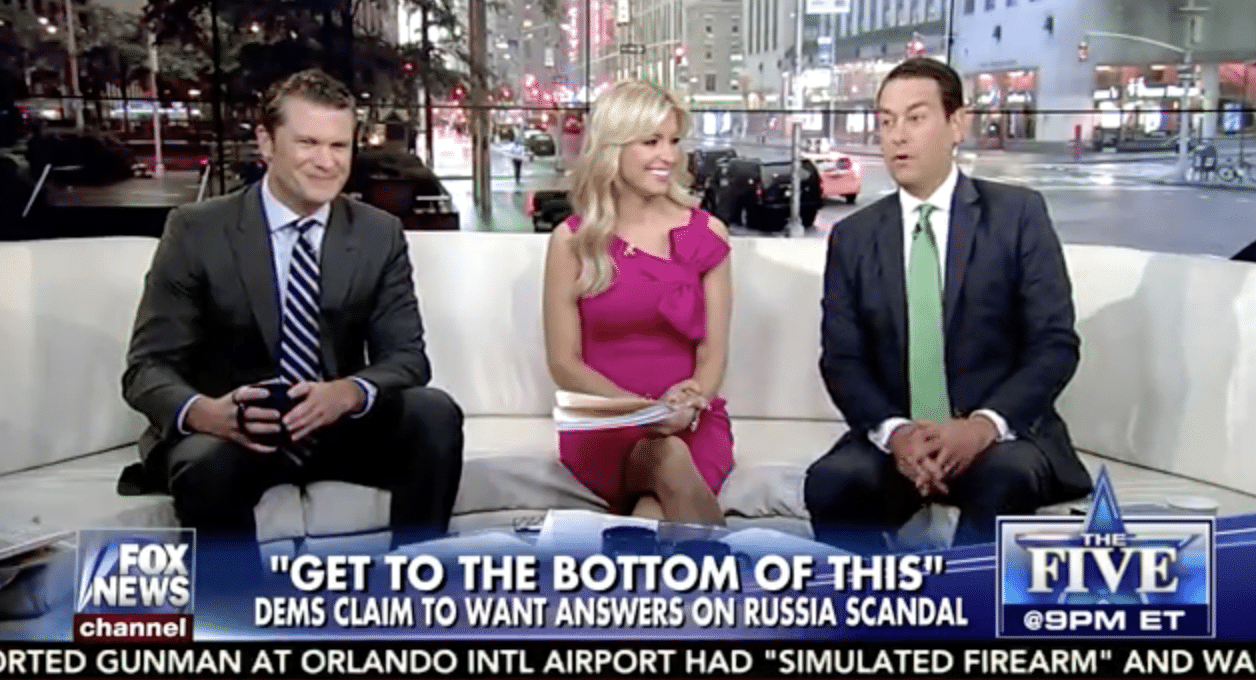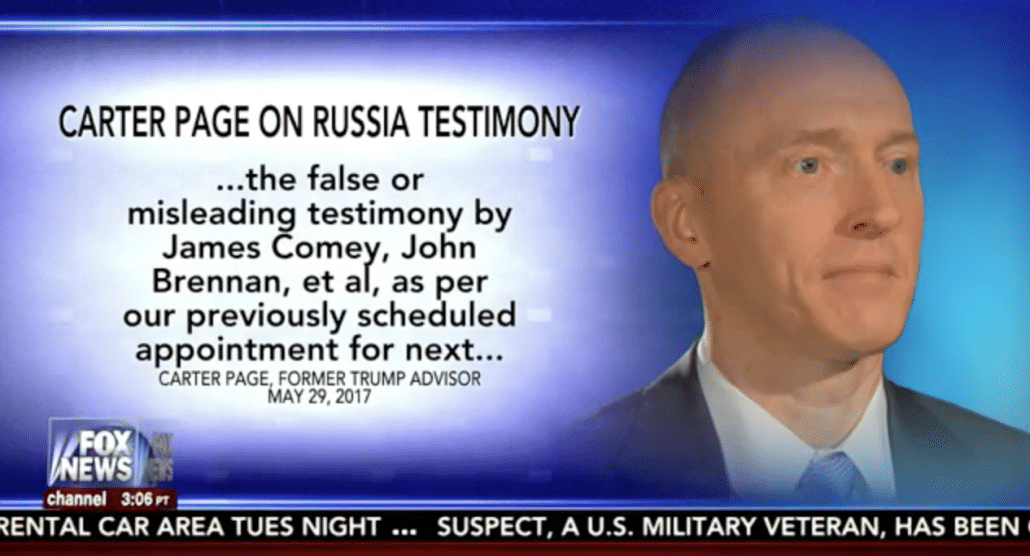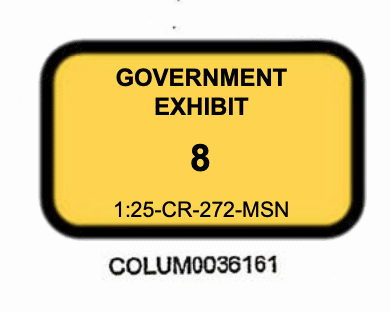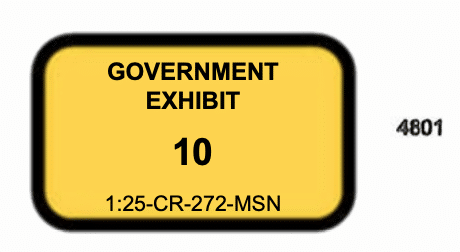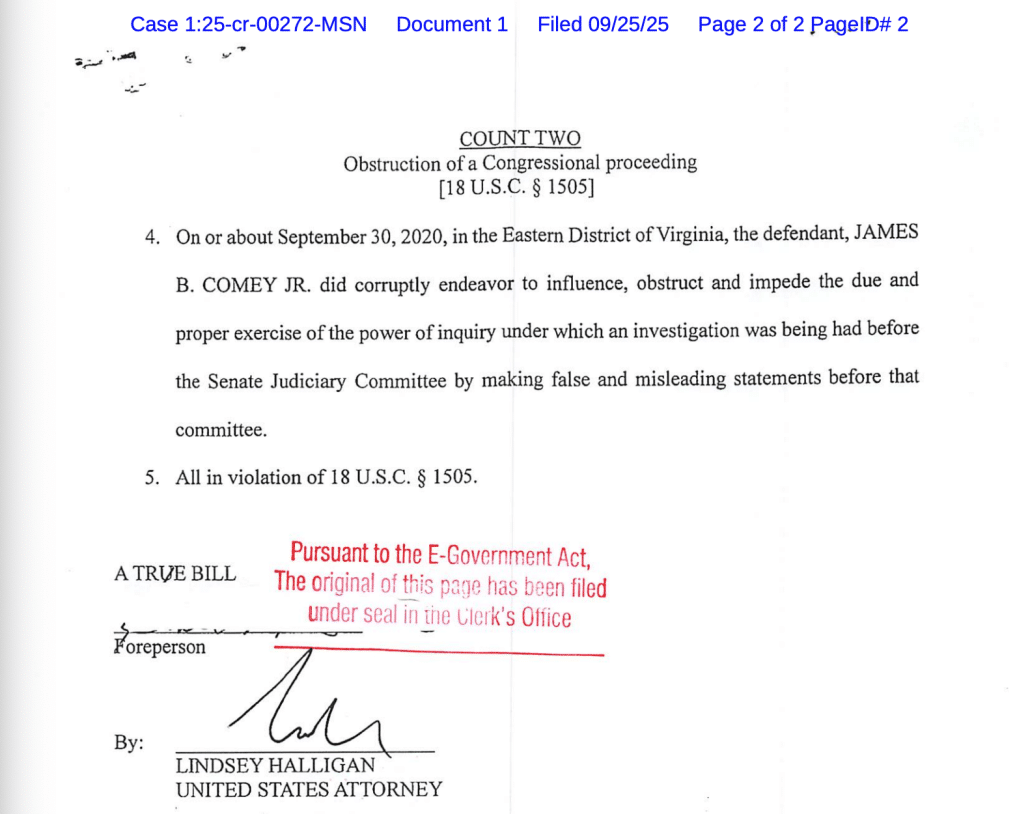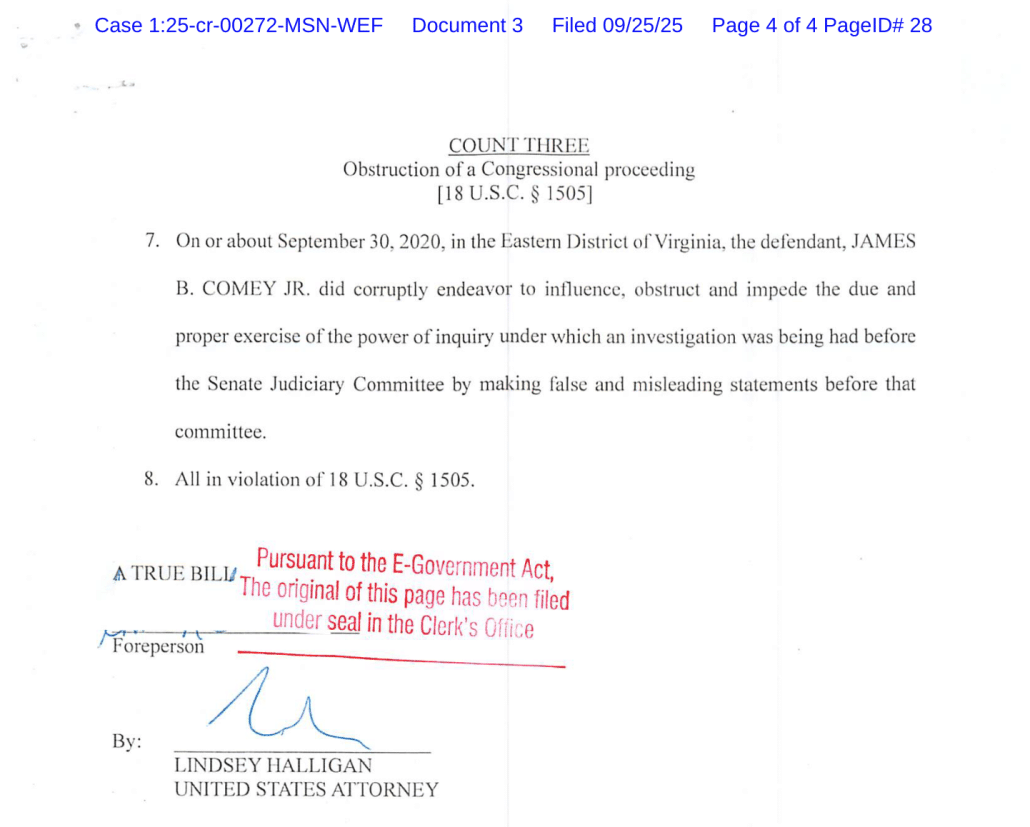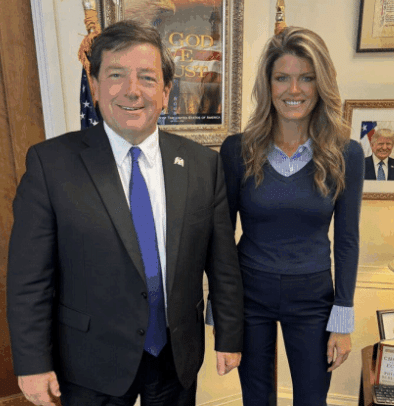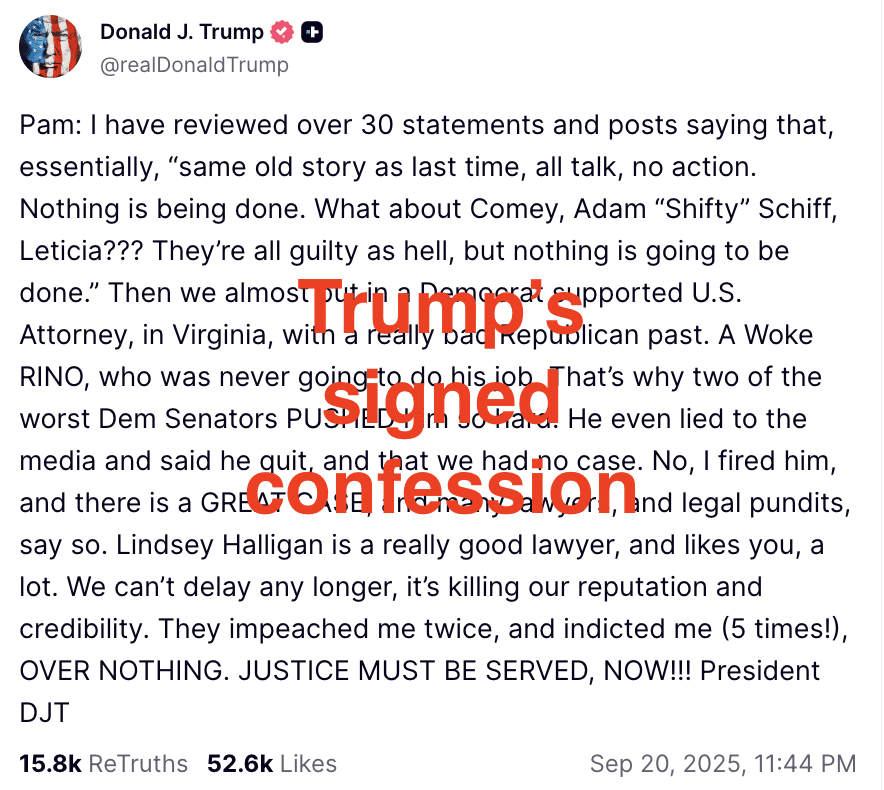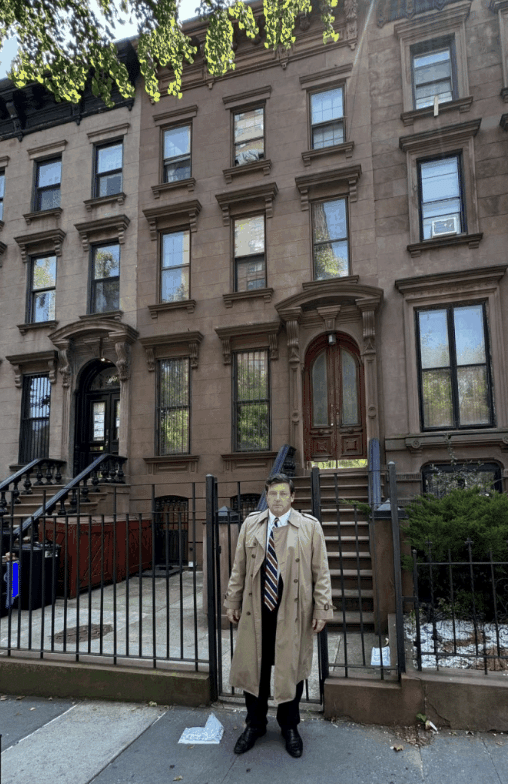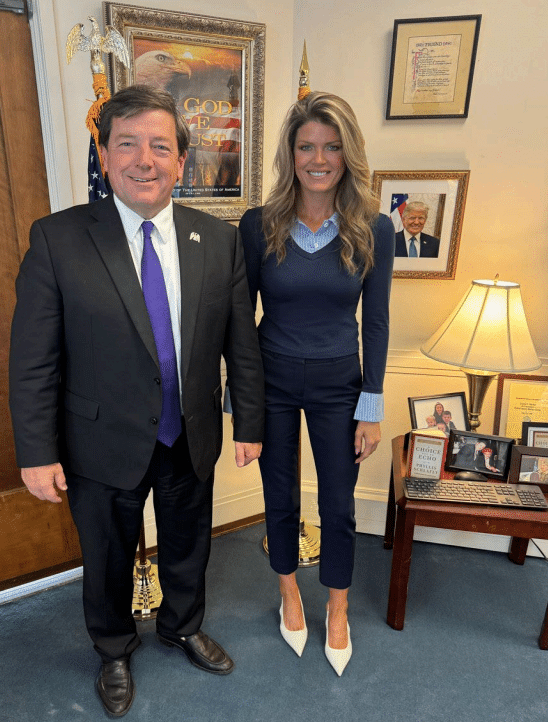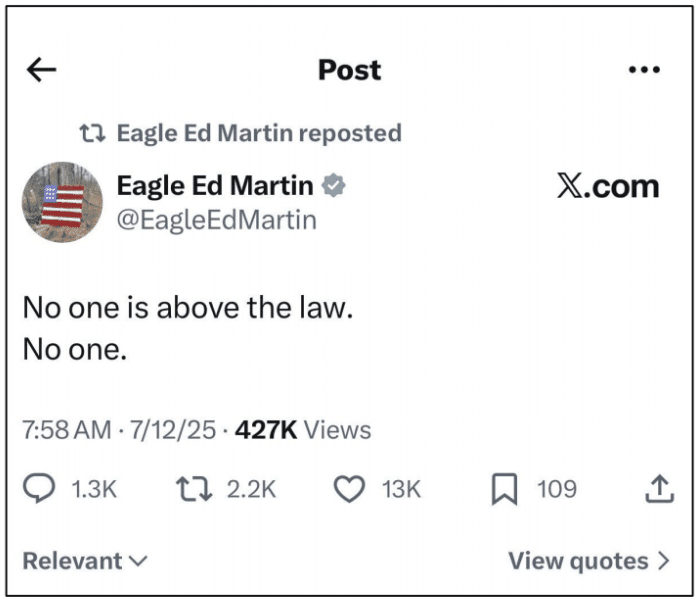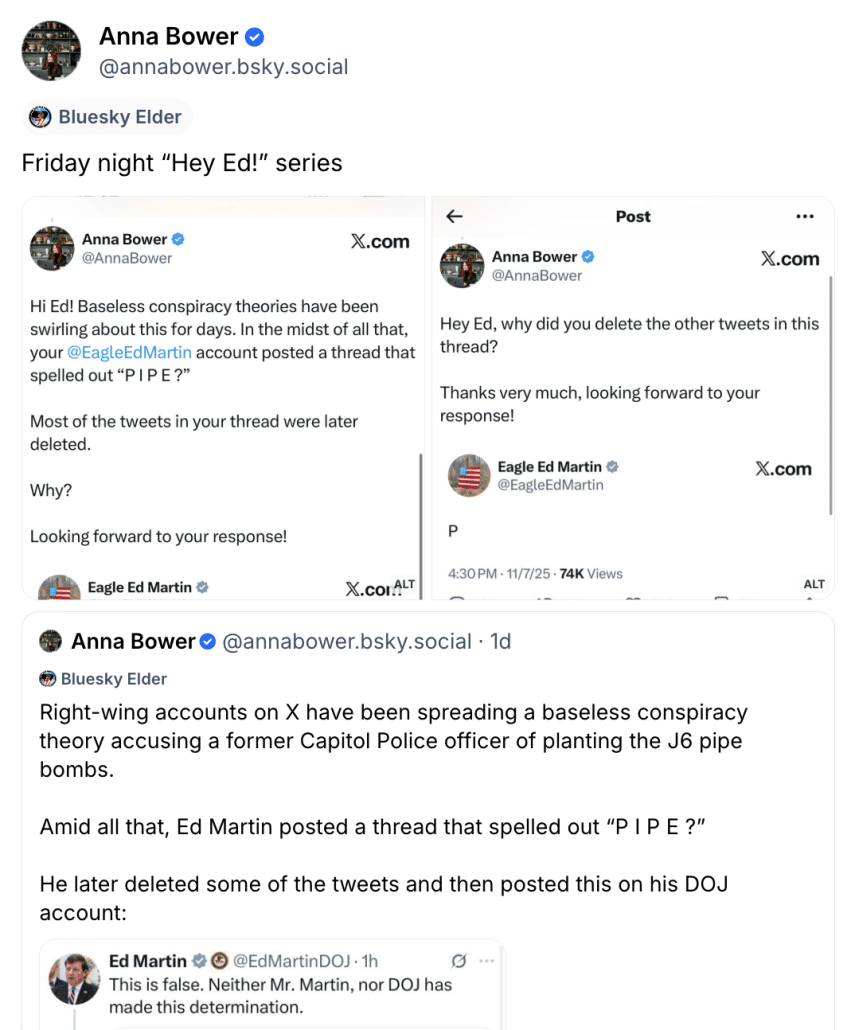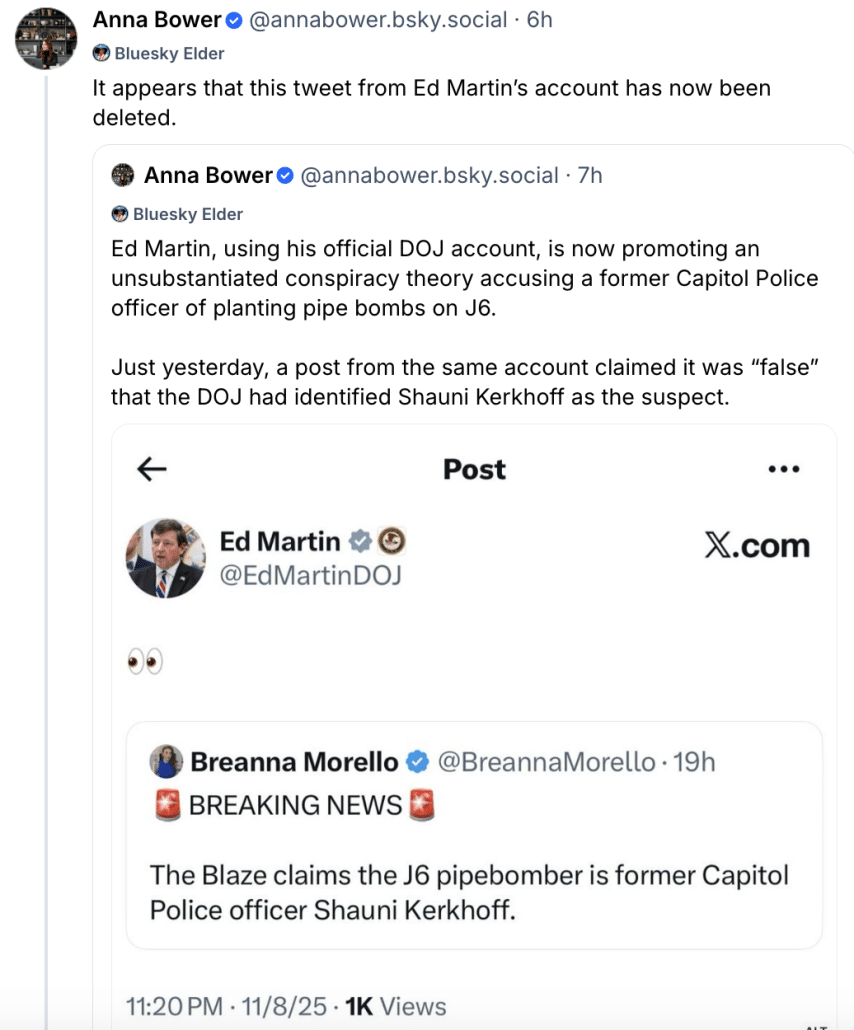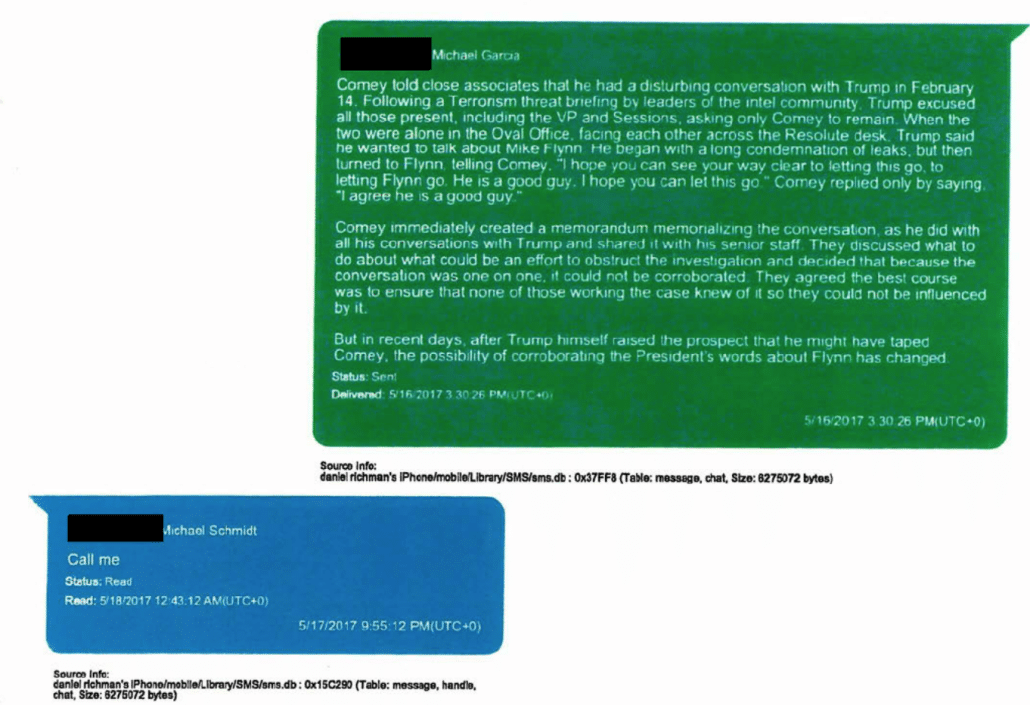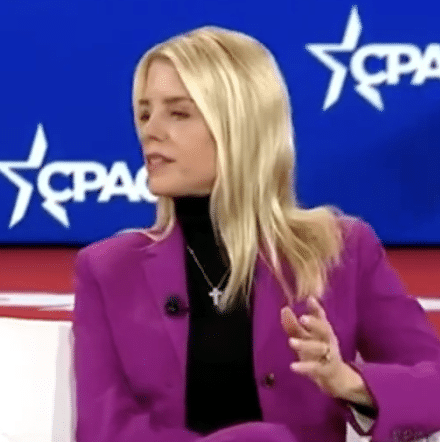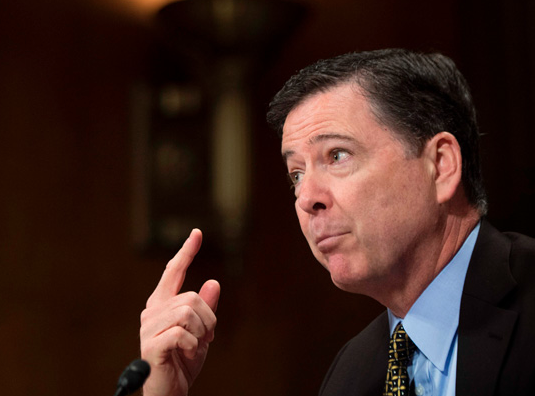Lindsey’s Loaner AUSAs Can’t Decide What the Clinton Investigation Is
Remember how I said that the hopeless confusion Tyler Lemons exhibited in his response to Comey’s motion to dismiss for vindictive and selective prosecution showed why Comey was right to request a Bill of Particulars? In that filing, Lemons played games with transcripts, confused what was a Clinton investigation, what a Russian investigation not yet focused on Trump, and what was, instead, inaccurate propaganda from John Solomon?
Well, if anything, the problem has gotten worse.
Loaner AUSA Gabriel Diaz submitted the following response memos today:
- Response, Bill of Particulars, authored by Gabriel Cohen who might be Gabriel Diaz but lists his work at Det[troit?] OGC, signed by Diaz
- Response, grand jury materials, authored by Cohen, signed by Diaz
- Response, literal truth, authored by SC AUSA Michael Shedd and signed by Tyler Lemons
After Lemons spent 15 pages of last week’s vindictive prosecution response — laying out (A) November 2016 communications between Jim Comey and Dan Richman leading to this story, (B) February 2017 communications with Chuck Rosenberg leading to this story, and (C) May 2017 communications between Dan Richman and Mike Schmidt leading to this story, as well as presenting (D) a wildly misleading story about the “Clinton Plan,” the Gabriel[s] spent five pages throwing half that out.
(B) and (C) are gone, perhaps sacrificed to the reality that Dan Richman had left the FBI before those, meaning they didn’t fit the terms of Ted Cruz’ question. Or maybe, in the case of (C), to the possibility their attorney-client breach will blow up in their face.
After Lemons’ Response to vindictive and selection bitched twice that publicly available transcripts Comey had used included minor inaccuracies,
6 The transcript attached to the defendant’s motion non-substantively corrects Senator Grassley’s second question. See C-Span, User Clip: Sen. Grassley Questions James Comey (May 3, 2017), https://www.c-span.org/clip/senate-committee/user-clip-sen-grassley-questions-jamescomey/4853218.
[snip]
9 The transcript attached to the defendant’s motion non-substantively corrects Senator Cruz’s questions and the defendant’s first answer; the transcript also erroneously adds the word “that” to Senator Cruz’s final question and omits the word “is” from the same question. See, e.g., POLITICO, Archive: Sen. Ted Cruz questions James Comey on Trump and Clinton investigation leaks (Sept. 26, 2025), https://www.politico.com/video/2025/09/26/archive-sen-ted-cruzquestions-james-comey-on-trump-and-clinton-investigation-leaks-1759922.
The Response on Bill of Particulars noted that their own did too.
2 The Government’s response in opposition to the Defendant’s motion to dismiss erroneously omitted the word “the” before the words “Clinton investigation” in quoting Senator Cruz. See Dkt. 138 at 11.
Yet, if either the Response on Bill of Particulars or the Response to literal truth addresses this complaint from Comey, I don’t see it.
As detailed in Mr. Comey’s Motion to Dismiss the Indictment Based on Vindictive and Selective Prosecution, as well as the Motion to Dismiss the Indictment Based on Fundamental Ambiguity and Literal Truth, the text of Count One both misstates the testimony Mr. Comey actually gave and misquotes the question.
We’re two months into this thing and no one has gotten around to addressing the fact that the language in the indictment misrepresents what happened.
Remember: While Diaz said Lindsey the Insurance Lawyer showed 14 exhibits to the grand jury, none of those lay out the Cruz and Comey exchange, so we can’t entirely rule out Lindsey the Insurance Lawyer just … making up what was said, as she assuredly did in the indictment.
Then, having included a full transcript of the Cruz-Comey exchange in the filing, Lemons (or is it Shedd?) dismissed the way Cruz misspoke his lines — substituting “administration” for “investigation” in his question — this way.
The “other ambiguities” do no more to obscure the meaning of Senator Cruz’s questions. See Def. Mem., Dkt. 105 at 14. The defendant flags Senator Cruz’s mistaken use of “Clinton administration” instead of “Clinton investigation.” See Oversight Hearing Transcript at 11. Yet Senator Cruz had correctly referred to the “Clinton investigation” two sentences prior and he was recounting the defendant’s own testimony, so the mistake would have been obvious to the defendant.
But then it largely dodges the way Cruz framed his question to focus on Andrew McCabe.
Under the narrow interpretation, Senator Cruz asked the defendant only whether he authorized McCabe to be an anonymous source. Under the broad interpretation, Senator Cruz asked the defendant whether he authorized anyone at the FBI to be an anonymous source.
The broad interpretation is the better one.
That exacerbates a problem.
There wasn’t one — the — Clinton investigation in 2016.
There were two. And the one Cruz was invoking by addressing McCabe’s involvement in a WSJ story was not the email investigation. It was the Clinton Foundation investigation.
By October 25, 2016, McCabe had been notified that Barrett was working on a follow-up story to the October 23 article that would cover McCabe’s oversight of the CF Investigation and potential connections with McAuliffe campaign contributions to McCabe’s wife. McCabe thereafter authorized Special Counsel and AD/OPA to talk to Barrett about this follow-up story.
Lindsey’s Loaner AUSAs appear not to understand that we’re still fighting over a leak (plus McCabe’s response) that revealed a previously undisclosed investigation days before an election and somehow Trump is the victim? And so while they’re excusing Cruz’ imprecision they’re committing more of their own.
Now go back to the Response to the Bill of Particulars request. As Lemons did in the original map of the investigation, the Gabriel[s] buried the transcript for the exchanges about the “Clinton plan” in an exhibit, thereby burying the fact that they keep misrepresenting Lindsey Graham’s questions worse and worse. They don’t correct Lindsey Graham’s lie about this being an investigative referral. They couldn’t be bothered with the slop of his use of the word “taught.” And of course they don’t account for the fact that to Comey (and John Brennan), these details were interesting for what they said about Russia’s hacking of Hillary-related victims, not about the totally legal and normal thing Hillary was alleged to be doing, engaging in politics.
More insane still, the Gabriel[s] turn the “Clinton plan,” into a story about the Clinton email investigation.
During the same September 30, 2020 hearing, the defendant was asked by Senator Graham whether he remembered being “getting” or being “taught” of “a[n] investigatory lead from the intelligence community” regarding “U.S. presidential candidate Hillary Clinton’s approval of a plan concerning U.S. presidential candidate Donald Trump and Russian hackers hampering U.S. elections as a means of distracting the public from her use of a private email server,” i.e., the conduct that the FBI investigated during the Midyear Exam investigation. See Dkt. 138-14 at 1. The defendant replied that that information “d[idn’t] ring any bells with [him].” See id. He similarly informed Senator Hawley that he did not “remember” receiving the investigatory [sic] referral, or “anything described” therein. See id. at 5. The government has nevertheless determined that the defendant’s handwritten notes appear to show that he was informed in September 2016 regarding an “HRC plan to tie Trump.” See Dkt. 138 at 14–15; see also Dkt. 138-13. [my emphasis]
Note, the Gabriel[s] are misrepresenting the transcript here. Comey said, “I don’t remember receiving anything that is described in that letter,” referring back to the misleading letter Ratcliffe wrote about all this, not the referral itself.
Once again, proving Comey’s point that what prosecutors are presenting as the alleged lies are, themselves, lies.
Having misrepresented the alleged lie, some pages later, they confess that, yup, they’re prosecuting Comey for the conduct they got no-billed on.
But, as provided in discovery and via the indictment, the government intends to seek the admission of evidence at trial on this count regarding the defendant’s statements to senators during the September 30, 2020, committee hearing. For instance, the defendant’s statements to Senators Grassley and Cruz regarding his use of Richman as an anonymous source concerning the Clinton email investigation and his statements to Senators Graham and Hawley regarding his alleged lack of memory concerning the so-called Clinton plan to “tie Trump” to Russia.
I feel like maybe we’re a second or generation into frothy misrepresentations of what happened in 2016 and 2017, and these young AUSAs are badly in need of a roadmap laying out the actual events behind Grampa Trump’s delirium, rather than just regurgitating the slop that John Solomon feeds them.
There’s a reality here, and these Loaner AUSAs seem blissfully unaware of that reality.
And that’s all before you get into the fact that whatever frothy Republicans were misled into believing by Ratcliffe back in 2020, taxpayers have spent millions of dollars to confirm all this is Russian disinformation, and having determined that, those who use it to get indictments are (per John Durham and his lead investigator Jack Eckenrode) committing a crime.
Finally, having redefined Russian disinformation to be about Hillary’s email investigation rather than the conspiracy theory that the plan was true and proven by Christopher Steele getting snookered by Oleg Deripaska or Michael Sussmann passing along Rodney Joffe’s discovery of a real anomaly in good faith, they’ve made the “Clinton plan” useless for the one thing it might have been used for: materiality. As Comey noted in his Bill of Particulars motion, that 2020 hearing had a clear scope, and that clear scope must be adopted to define the scope of the investigation Comey allegedly obstructed.
1 Before the hearing, the committee agreed that it would be limited to four specific topics: (i) “Crossfire Hurricane,” (ii) the December 2019 Department of Justice Inspector General report’s “Review of Four FISA Applications and Other Aspects of the FBI’s Crossfire Hurricane Investigation,” (iii) the Carter Page FISA applications, and (iv) Christopher Steele’s source network and primary sub-source.
That wasn’t a hearing about Clinton’s emails! So every effort to retcon events so they’ll fit the Ted Cruz question in fact makes the evidence useless to prove Comey obstructed anything. Graham did, very much, want to suggest that Comey should have viewed the dossier more skeptically having been exposed to Russian disinformation claiming a Clinton plan, which is why he asked the question.
But Lindsey’s Loaner AUSAs, in a desperate bid to fit the available facts to their false claims about false claims, have turned it into something else.

